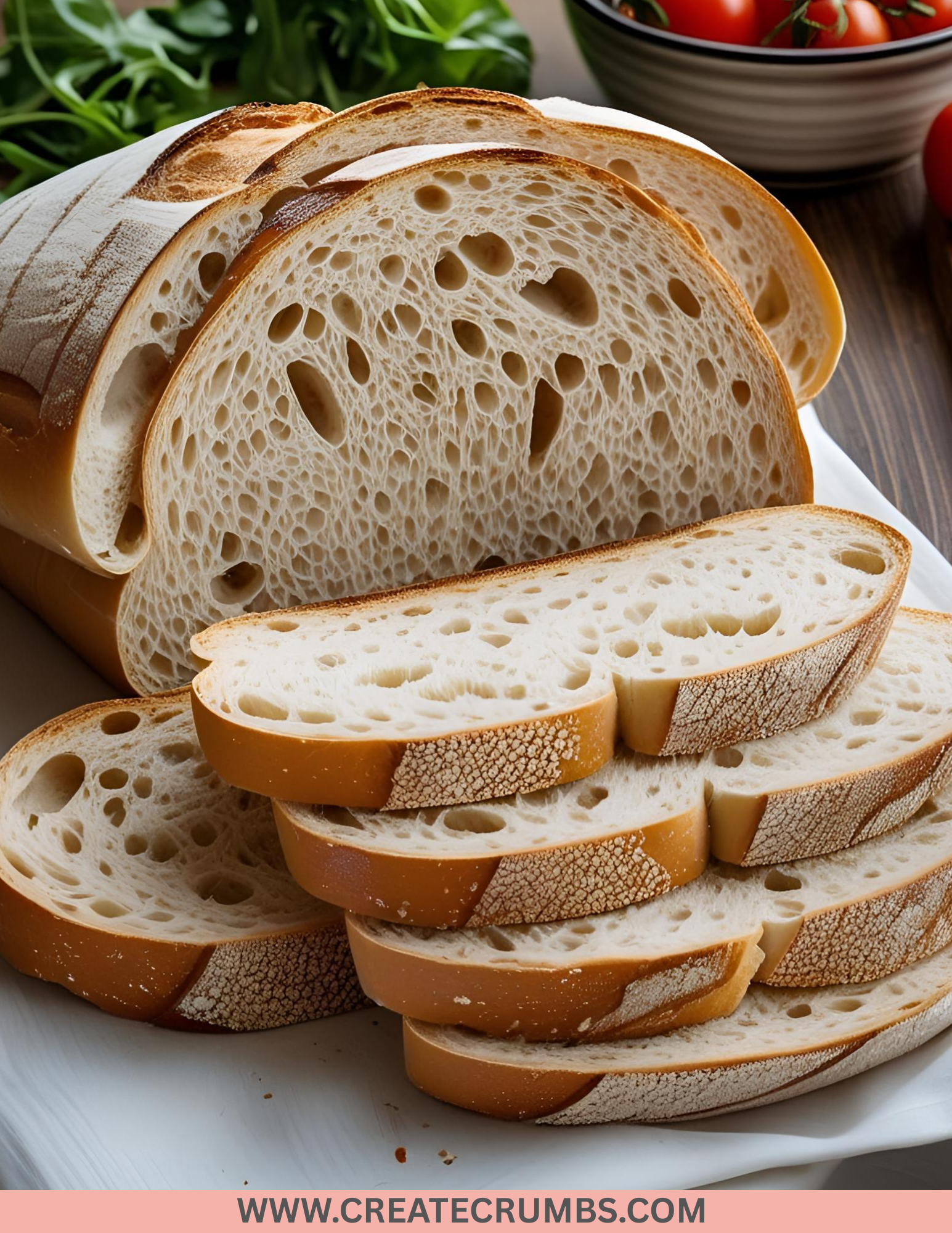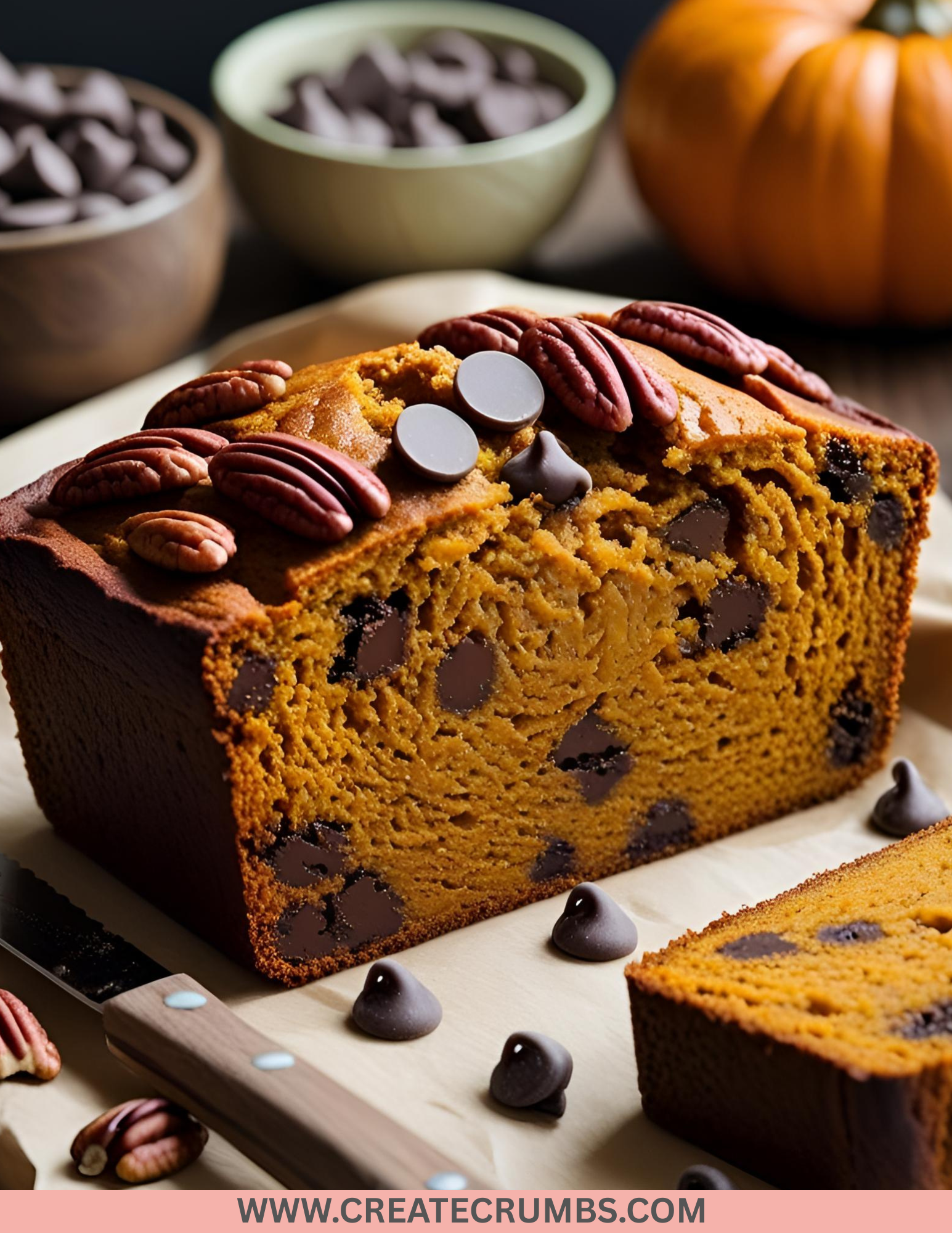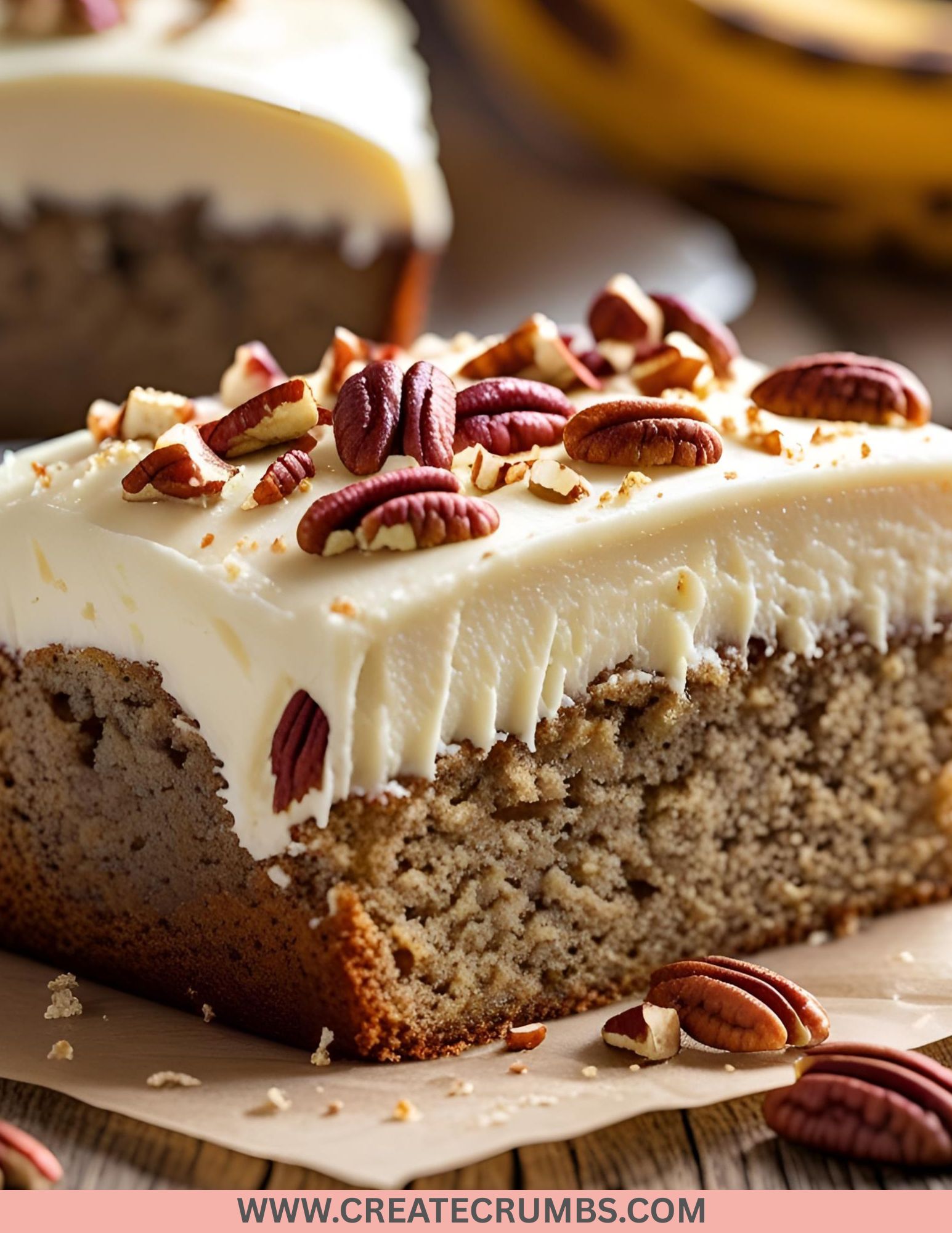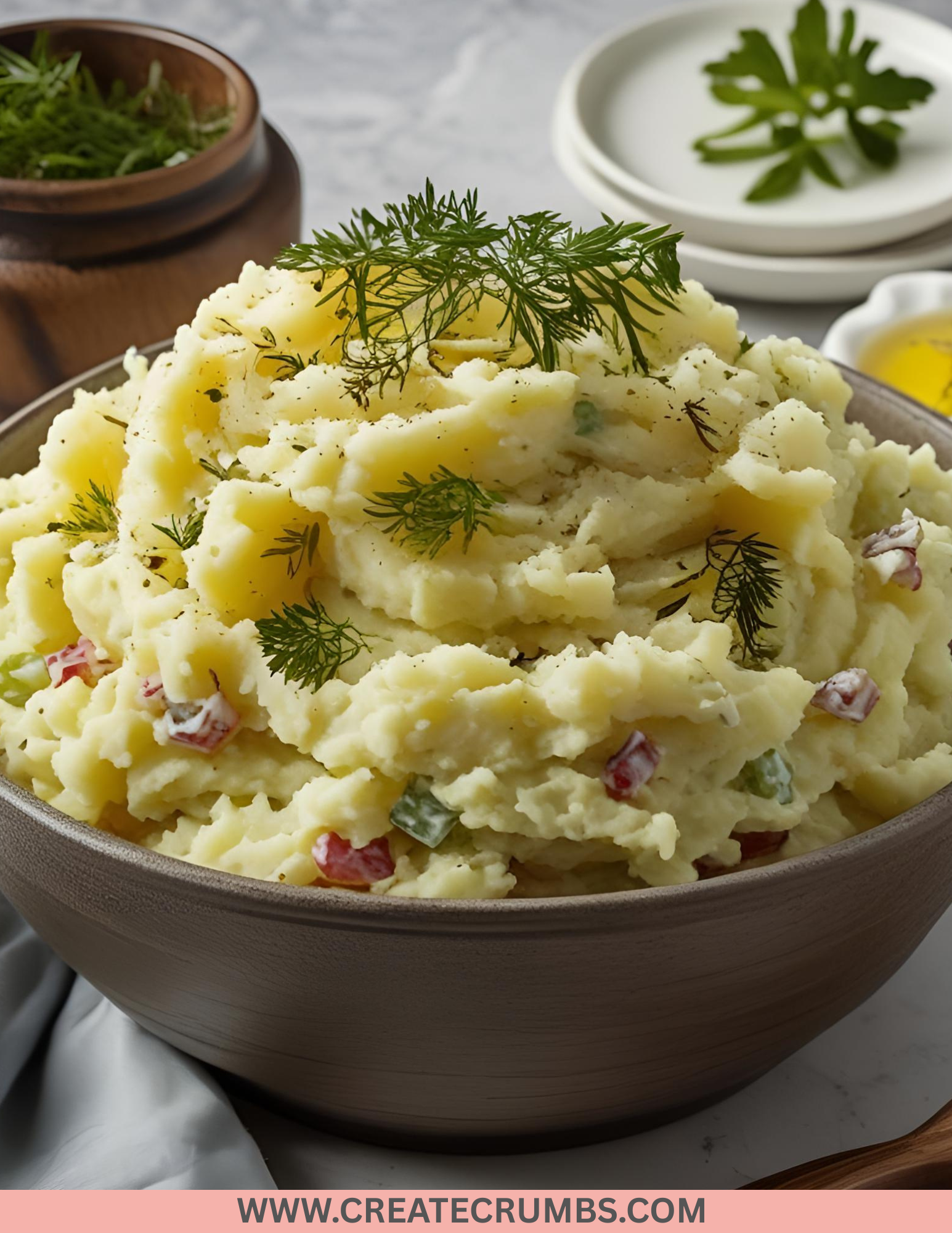Ciabatta Bread

Ciabatta Bread
Description
Ciabatta, meaning “slipper” in Italian, is a rustic, chewy bread with a crisp crust and airy, open crumb. It’s perfect for sandwiches, dipping in olive oil, or serving alongside pasta. This recipe uses a long fermentation process for maximum flavor and that signature bubbly texture.
Ingredients
For the Poolish (starter):
-
1 cup (240 ml) water, room temperature
-
1 cup (120 g) bread flour
-
1/8 teaspoon instant yeast
For the Dough:
-
All of the prepared poolish
-
2 cups (240 g) bread flour
-
1 cup (240 ml) water, room temperature
-
1 1/2 teaspoons salt
-
1/2 teaspoon instant yeast
Instructions
1. Make the Poolish (Day Before)
-
In a medium bowl, mix water, bread flour, and yeast until combined.
-
Cover loosely with plastic wrap and let sit at room temperature 12–16 hours, until bubbly and doubled in size.
2. Make the Dough
-
In a large mixing bowl, combine all of the poolish, bread flour, water, salt, and yeast.
-
Mix with a spatula until no dry flour remains — the dough will be sticky.
-
Cover and let rest for 30 minutes.
3. Stretch and Fold
-
With wet hands, grab one side of the dough, stretch it up, and fold it over itself.
-
Rotate the bowl 90° and repeat until all four sides are folded.
-
Repeat this stretch and fold process every 30 minutes for 2 hours (4 rounds total).
4. First Rise
-
Cover the dough and let rise for 1–2 hours, or until doubled in size and bubbly.
5. Shape the Ciabatta
-
Generously flour a work surface and gently turn the dough out (do not punch down).
-
Using floured hands, shape into a rough rectangle.
-
Cut into 2 equal pieces and gently stretch each into a longer slipper shape.
-
Place on a floured baking sheet or parchment-lined tray.
6. Final Proof
-
Cover loosely with a kitchen towel and let rest for 45–60 minutes.
7. Bake
-
Preheat oven to 450°F (230°C) with a baking stone or inverted baking sheet inside.
-
Place a shallow pan of hot water on the oven’s bottom rack for steam.
-
Slide the ciabatta onto the hot stone/sheet and bake for 20–25 minutes, until golden brown.
-
Cool on a wire rack before slicing.
Equipment
-
Mixing bowls
-
Spatula or wooden spoon
-
Kitchen scale (recommended for accuracy)
-
Bench scraper
-
Baking stone or inverted baking sheet
-
Parchment paper
-
Wire cooling rack
Prep Time: 20 hours (including poolish fermentation)
Cook Time: 25 minutes
Total Time: 20 hours 25 minutes
Serving Size: Makes 2 medium loaves (about 8–10 servings)
Ciabatta Bread

Equipment
- Mixing bowls
- Spatula or wooden spoon
- Kitchen scale (recommended for accuracy)
- Bench scraper
- Baking stone or inverted baking sheet
- Parchment paper
- Wire cooling rack
Ingredients
- For the Poolish starter:
- 1 cup 240 ml water, room temperature
- 1 cup 120 g bread flour
- 1/8 teaspoon instant yeast
- For the Dough:
- All of the prepared poolish
- 2 cups 240 g bread flour
- 1 cup 240 ml water, room temperature
- 1 1/2 teaspoons salt
- 1/2 teaspoon instant yeast
Instructions
- Make the Poolish (Day Before)
- In a medium bowl, mix water, bread flour, and yeast until combined.
- Cover loosely with plastic wrap and let sit at room temperature 12–16 hours, until bubbly and doubled in size.
- Make the Dough
- In a large mixing bowl, combine all of the poolish, bread flour, water, salt, and yeast.
- Mix with a spatula until no dry flour remains — the dough will be sticky.
- Cover and let rest for 30 minutes.
- Stretch and Fold
- With wet hands, grab one side of the dough, stretch it up, and fold it over itself.
- Rotate the bowl 90° and repeat until all four sides are folded.
- Repeat this stretch and fold process every 30 minutes for 2 hours (4 rounds total).
- First Rise
- Cover the dough and let rise for 1–2 hours, or until doubled in size and bubbly.
- Shape the Ciabatta
- Generously flour a work surface and gently turn the dough out (do not punch down).
- Using floured hands, shape into a rough rectangle.
- Cut into 2 equal pieces and gently stretch each into a longer slipper shape.
- Place on a floured baking sheet or parchment-lined tray.
- Final Proof
- Cover loosely with a kitchen towel and let rest for 45–60 minutes.
- Bake
- Preheat oven to 450°F (230°C) with a baking stone or inverted baking sheet inside.
- Place a shallow pan of hot water on the oven’s bottom rack for steam.
- Slide the ciabatta onto the hot stone/sheet and bake for 20–25 minutes, until golden brown.
- Cool on a wire rack before slicing.
10 Frequently Asked Questions (FAQs) About Ciabatta Bread
-
What makes ciabatta different from other breads?
Ciabatta has a higher hydration dough, which creates its signature open crumb and chewy texture, along with a crisp, rustic crust. -
Do I have to make the poolish starter?
Yes, if you want authentic flavor and texture. The overnight poolish gives ciabatta its depth of flavor and airy structure. -
My dough is sticky is that normal?
Yes. Ciabatta dough is very wet and sticky. Use wet hands or a bench scraper to handle it instead of adding extra flour. -
Can I make ciabatta without a baking stone?
Yes. Use an inverted baking sheet preheated in the oven. It still gives a good rise and crust. -
What flour is best for ciabatta?
Bread flour is ideal for stronger gluten development, but you can use all-purpose flour in a pinch (texture may be slightly different). -
Can I use active dry yeast instead of instant yeast?
Yes. For the dough, dissolve active dry yeast in warm water first; for the poolish, you can use it as is since it has a long rise. -
How do I get a crispy crust?
Bake with steam (by adding a pan of hot water to the oven) and allow the bread to cool completely on a rack before slicing. -
Why did my ciabatta turn out flat?
Possible causes: underproofing, overproofing, too much handling, or not enough gluten development during stretch-and-fold. -
Can I double the recipe?
Yes, but you’ll need a larger bowl and more baking space. The process and timing remain the same. -
Can I freeze ciabatta dough?
Yes. Freeze after the first rise, then thaw in the fridge overnight before shaping and baking.
How To Store Ciabatta Bread
-
Room Temperature:
Keep cooled ciabatta in a paper bag or wrapped in a clean kitchen towel for up to 2 days. This helps keep the crust crisp. Avoid airtight containers, as they soften the crust. -
Freezing:
Wrap whole or sliced cooled loaves tightly in plastic wrap, then foil. Freeze for up to 3 months. To reheat, bake at 350°F (175°C) for 10–15 minutes from frozen. -
Reviving Stale Bread:
Lightly sprinkle with water and warm in the oven at 350°F (175°C) for 5–10 minutes to refresh the crust and texture.





